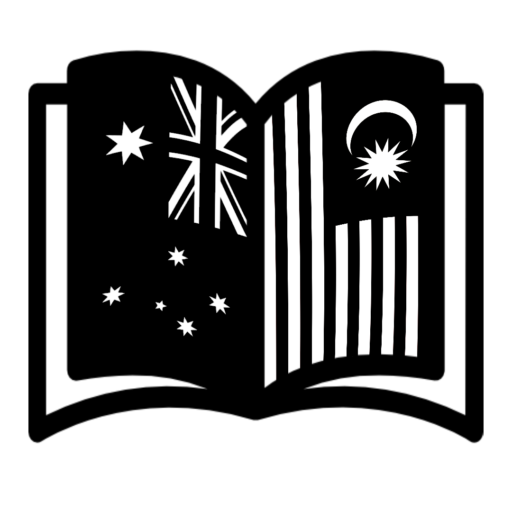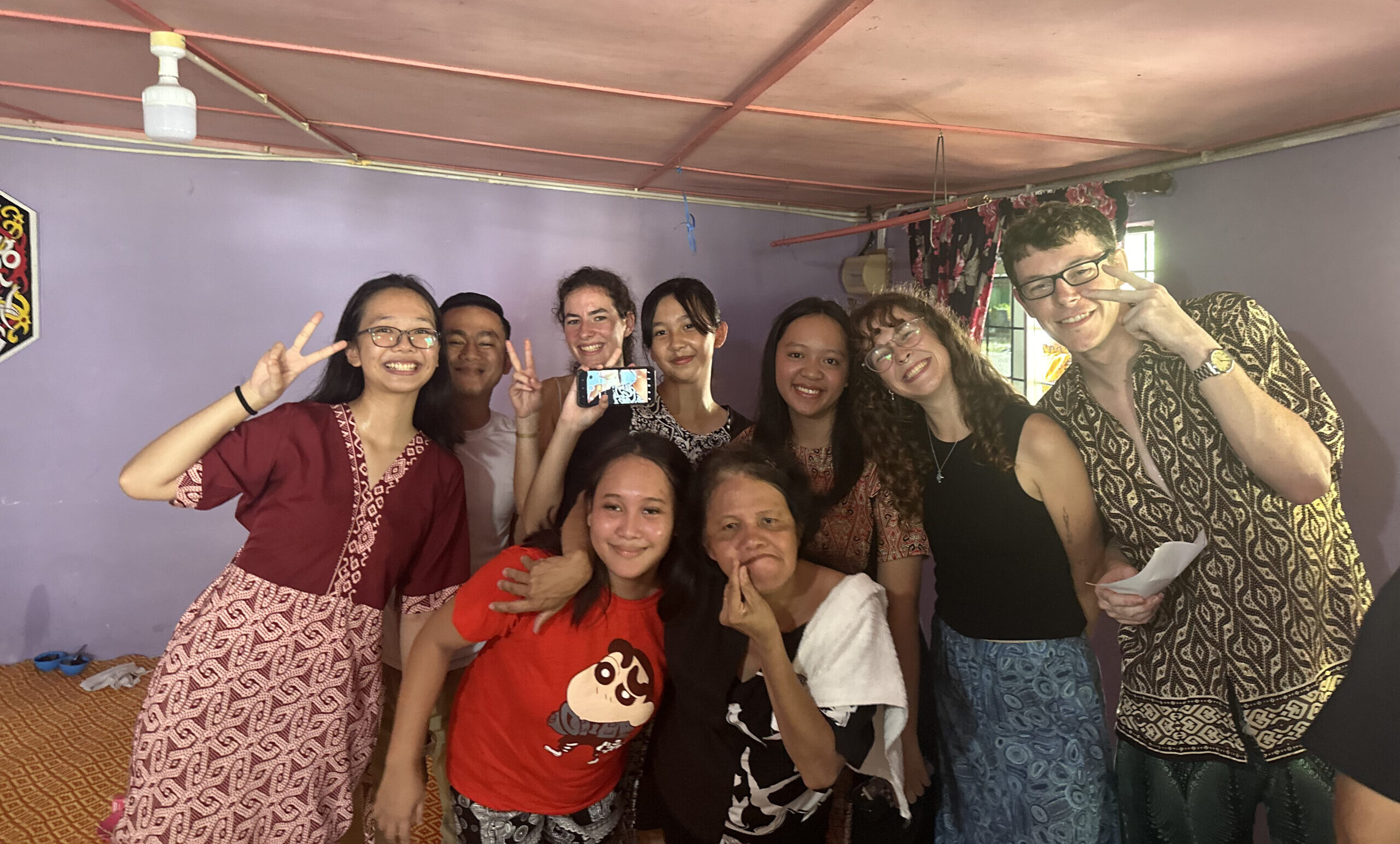
Hari Gawai, celebrated annually at the beginning of June by the Dayak1 people across Sarawak, is a festival marking the end of the rice harvesting season. It is a time of gratitude and hope, where families will return home, reunite and celebrate with their loved ones.
Recently, myself and 2 friends were fortunate enough to experience Gawai at an Iban2 longhouse3, creating memories that I will never forget.
In the lead up to the weekend, I felt especially anxious. I had no idea what to expect. But from the moment we arrived, we were met with joy and excitement, and of course, plenty of tuak4, langkao, whisky and beer. The longhouse was adorned in vibrant decorations, and filled with the laughter and sounds of the traditional engkerumong5. Soon enough, I found myself singing Iban duets, dancing with the aunties, and eating countless rice-based dishes wrapped in banana leaf and coconut.

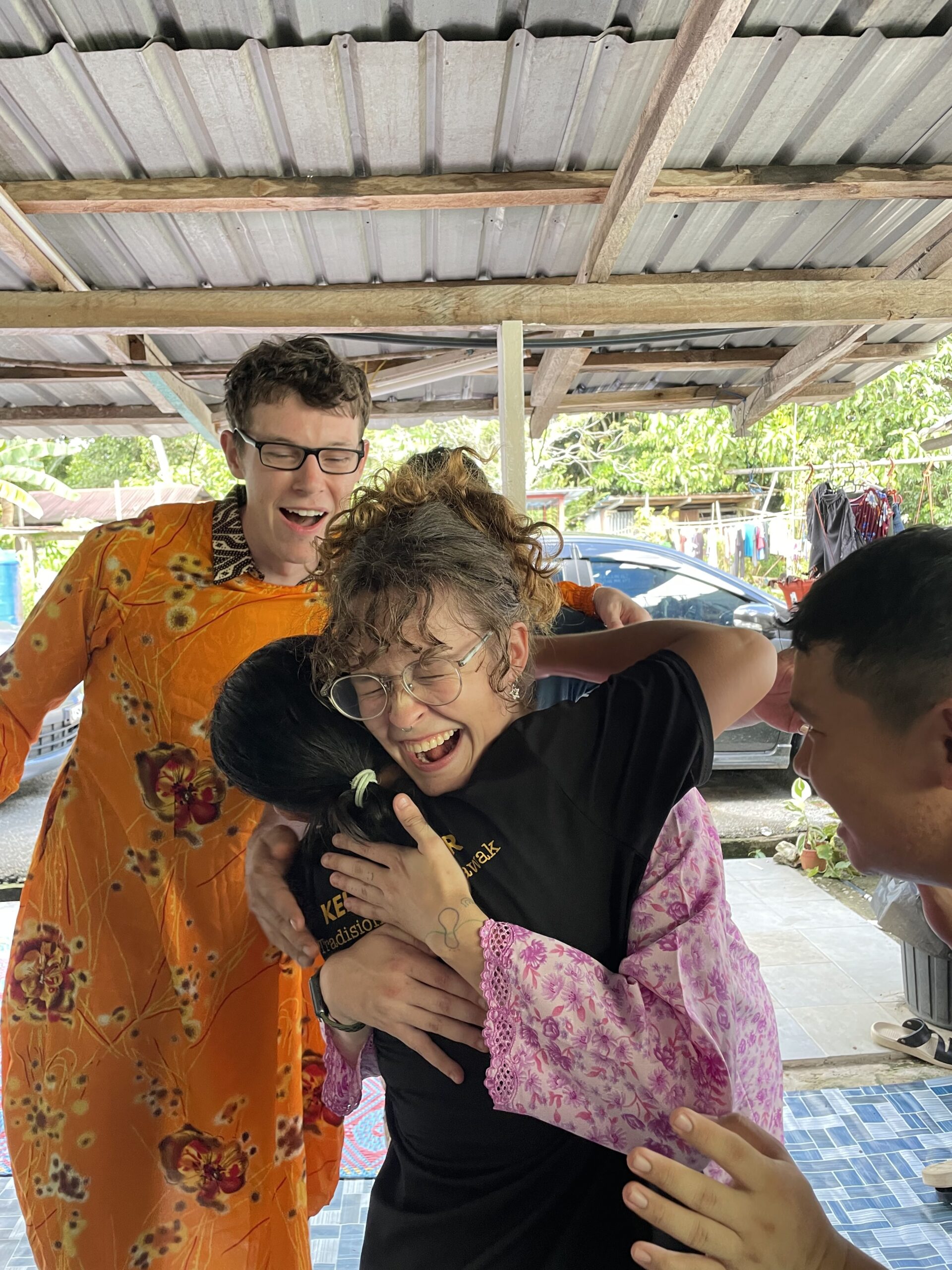
Throughout Gawai, a number of rituals and traditions take place, each varying throughout the different communities. The ‘Miring’ ceremony, a sacred ritual of offerings and blessings, sets the tone for the festivities. Throughout the weekend, various dances are performed – one of which is called the ‘Ngajat’ (meaning to dance in Bahasa Iban). Accompanied by the beats of traditional percussion instruments, it is performed with precise, dramatic movements. Ngajat, however, is more than just a dance. It is an expression of their heritage and identity, This beautiful art-form is passed down from generation to generation, preserving the unique cultural legacy of the Iban people.
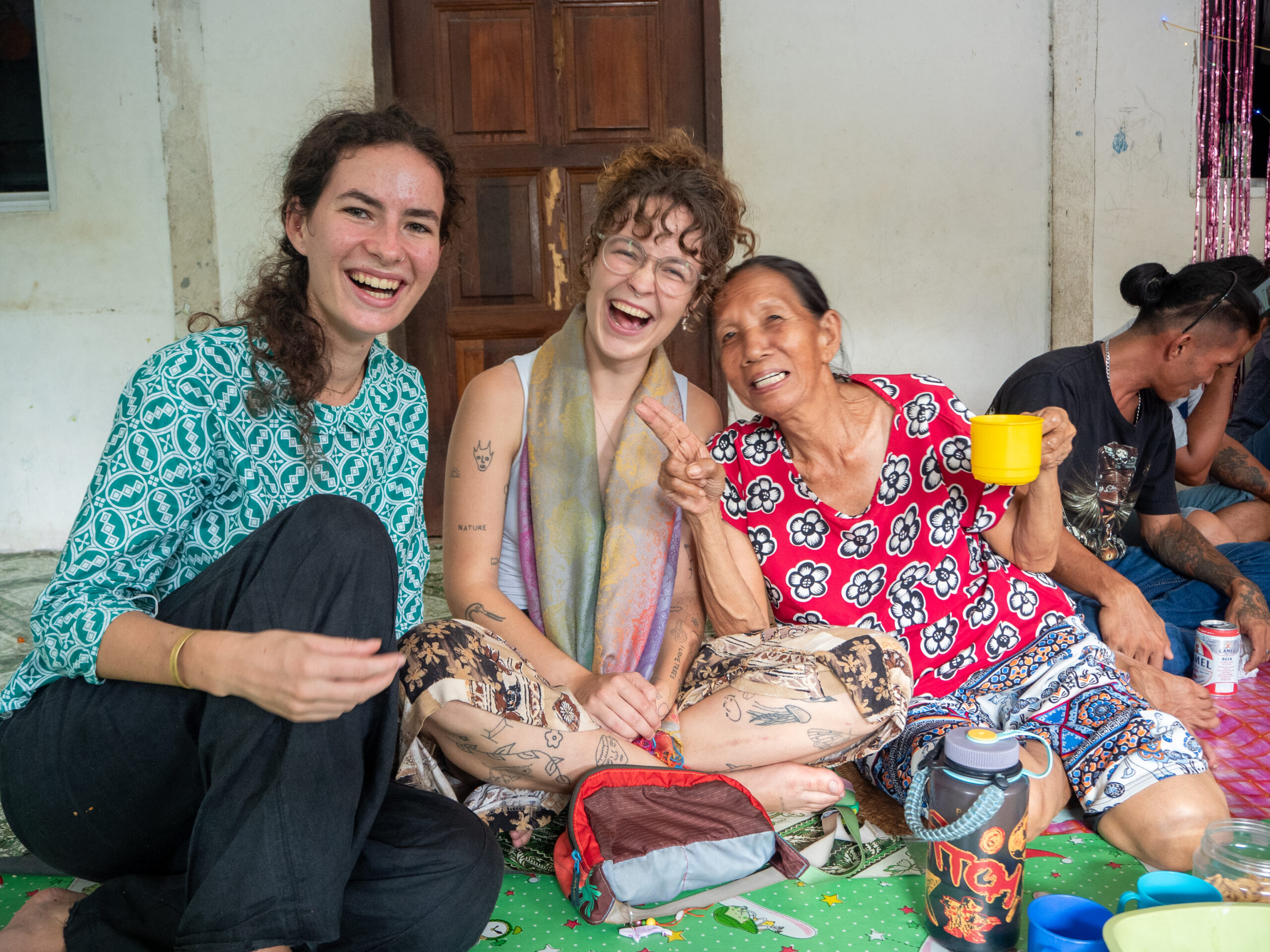
One of the most special parts of this weekend was the sense of community and togetherness. Despite being outsiders, we were welcomed with open arms, highlighting the festival’s foundational value of unity. Nowadays, especially in Western society, I feel like this idea has been lost. From developments in technology, to the rise of individualism and busyness becoming a marker of ‘success’, we have overlooked this fundamental need: Human Connection.
We have moved away from relying on those around us, leading to an overwhelming feeling of loneliness. It is celebrations such as Gawai that reaffirm the importance of community, reminding us of the joy and strength found in genuine human connection. They encourage us to be present, to step away from our screens and busy schedules, and to engage with those around us. These shared experiences are what make life truly meaningful.
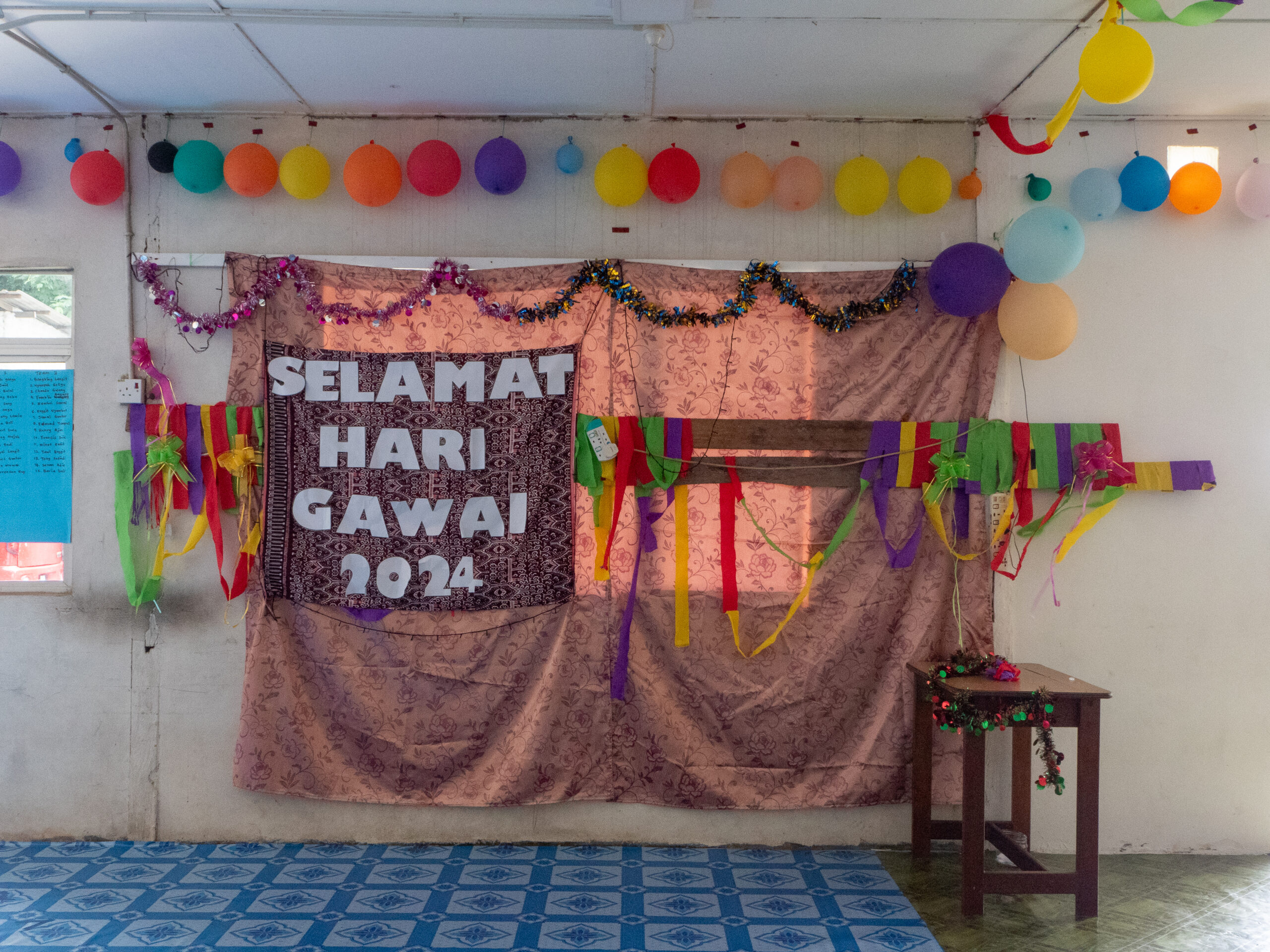
As my time in Sarawak sadly comes to an end, I am incredibly grateful to have been part of such an important celebration. Sarawak has become a place very close to my heart, and I will forever cherish the connections and lessons I have gained here. Terima kasih to Leo and his family for welcoming us into your home. These once-in-a-lifetime experiences are rare and so very special, reinforcing the importance of stepping out of your comfort zone and connecting, however scary that may be.
If you ever find yourself in Borneo, stay in a longhouse – you won’t regret it.
- Dayak: An umbrella term for the Indigenous peoples of Borneo, comprising of various groups each with their own traditions and practices. ↩︎
- Iban: One of the ethnic Dayak groups forming the majority of the Sarawak population. They are particularly known for their history as headhunters. ↩︎
- Longhouse: A communal dwelling amongst Dayak groups. Each family typically shares a private space, called ‘bilik’. These bilks are linked by the ‘ruai’, a long corridor which serves as the open shared area – and is the heart of the longhouse. The number of bilks in the longhouse can vary from half a dozen to almost a hundred. ↩︎
- Tuak: A traditional rice wine made made from fermented glutinous rice,
yeast, water and sugar, and consumed during festivals and celebrations in Sarawak. ↩︎ - Engkeromong: A traditional percussion instrument used by the Dayak people, consisting of a set of small gongs arranged in a row. This is typically played during dances like the Ngajat. ↩︎
